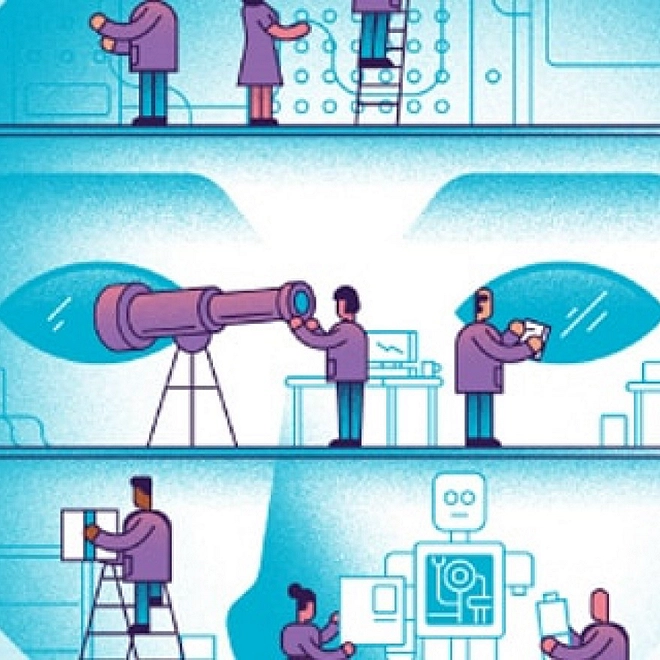Governing workforce strategies
New questions for better results
In South Africa’s current economic and socio-political environment, it is increasingly important for South African organisations to have concurrent visibility of better workforce metrics and the drivers shaping them – so as to help leaders make decisions in the face of uncertainty as a result of chronic economic instability, the imminent impact of future of work trends and more recently, the COVID-19 pandemic.
The South African context
While South Africa has similar challenges and trends facing their organisations that impact their workforce to other countries across the world, South African organisations also have unique challenges they need to overcome in order to subsist within a turbulent economy whilst being prepared and future-ready. The economic turbulence experienced by the South African economy has an enormous impact on South African organisations and their workforce, exacerbated by protracted disruption in energy supplies that impact many organisations’ ability to operate.
The state of the economy compounded by the COVID-19 pandemic has had an even more profound effect on organisations’ ability to operate and if or when permitted, the regulated workplace conditions and protocols within which their workforce can do so This requires South African organisations to be even bolder than before and utilise metrics about their workforce that are forward-thinking, that can help facilitate and drive decisive actions essential for their survival and success
Current Drivers
South Africa is no different to the rest of the world in that ninety-seven percent of South African respondents acknowledge the importance of new workforce insights and require additional information on their workforce.
Similarly to the Global Human Capital Trends survey, only 56 percent of South African respondents said that their organisations had made moderate or significant progress in this area in the past 10 years. And while 79 percent of respondents said that their organisation produces information on the state of their workforce, only 5 percent of organisations produce the information in real time; 60 percent said they produce it either ad hoc or not at all. Leaders’ attention to workforce data is increasing as 63 percent reported that their leaders’ interest in workforce information has increased in the past 18 months.
The desire for better workforce metrics spans a diverse set of needs that mostly focus on the preparedness of leaders and managers for AI and digital workforce, readiness of the workforce to meet new demands and the impact of AI / Robotics on the workforce The challenge in obtaining data for forward looking insights becomes more about finding the right strategic questions to ask that will navigate workforce strategies and organisations into the future effectively.


